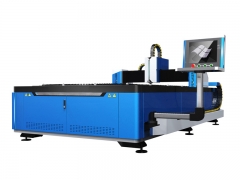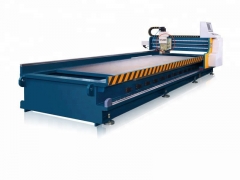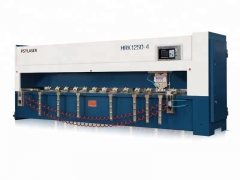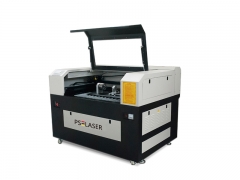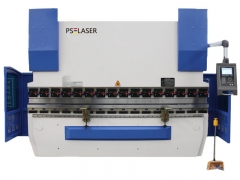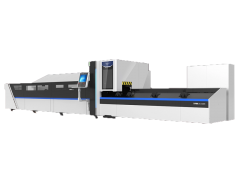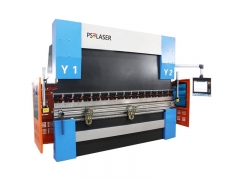Press brakes work by using a punch and die set at predetermined angles to bend or cut metal into various shapes and forms.
Check out the video above to see our 230-ton Cincinnati Proform brake in action!
The basic principle of brake forming relies on force, otherwise known as tonnage. This determines the total amount of pressure that can be applied by the punch during a bend. The higher tonnage, the thicker the materials that can be bent and vice versa.
Along with the tonnage comes bending length, which is the maximum length of sheet metal that can be bent. For example, if you have a machine with a 14' bending length, any sheet metal larger than 14' will be too long for that machine to process.
Depending on the application and material size/thickness, different machines with different tonnages and bending lengths are required for proper fabrication. In fact, these factors are important because they help determine the press brake's load limit - a limit calculated in tons per inch.
Knowing each machine's load limit and press power is important because if the wrong tonnage or length is used, it can damage or ruin the equipment. Check out this helpful article to learn more about press brake tonnage limits.
Types of Press Brakes
Modern press brakes are much safer and don’t require nearly as much effort as earlier models. In fact, modern brakes have increased the speed, quality, and efficiency of bending metals. When it comes to these modern brakes, there are three common types: manual, hydraulic, and CNC.
1. Manual Press Brakes: also known as sheet metal brakes, these are the most common type of brakes. Manual brake presses require you to manually adjust the bending dimensions and angle at each cut and are best used for the mass production of set bending sizes and angles.

2. Hydraulic Press Brakes these brake presses utilize two hydraulic cylinders, allowing more control and consistent strokes. They are often classified by their movement, up-acting or down-acting, with each style having its own distinct advantages. Learn more about their differences

3. CNC Press Brakes: these types of brakes have the highest precision and customization abilities, utilizing computer technology to control accuracy and increase efficiency. When using CNC brake presses, data such as bending angle, plate thickness, width, and grade are entered into a controller by a trained operator, and the brake easily handles the rest. 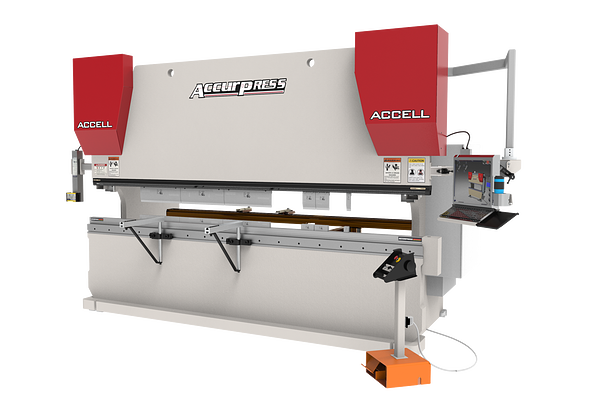
Why Use Press Brakes?
There is no other machine quite like the press brake when it comes to bending sheet and plate metals to precise lengths and angles.
As one of the many important pieces of equipment in the metal industry, the press brake helps deliver custom parts to a wide range of industries, including auto, aviation, agricultural, energy, military, transportation, and more!
Though production needs and materials will determine the type of brake required for proper forming, a good metal service center will always help determine what machine is best suited for the job and offer a solution for bending needs. Having a good press brake on-hand is crucial to any metal fabricator's operations and success!
 español
español English
English français
français

